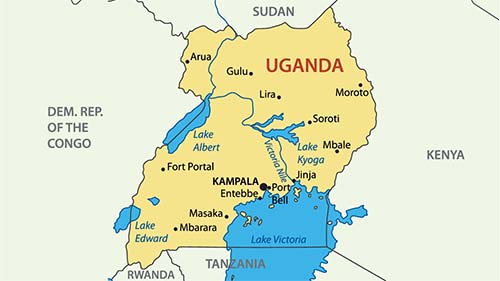CD4 testing blood samples from rural communities
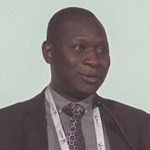
Dr. Charles Kiyaga
National EID/VL and Sample Transport Coordinator at the Ugandan Ministry of Health
What are the challenges faced by people in remote areas when it comes to HIV/AIDS testing?
The main challenge is access. People in remote areas can be very poor, so it can be difficult for them to physically travel to the service point — and expensive, too, although the treatment itself is free in Uganda. The service points can also get overcrowded and have limited resources, so there could be lots of waiting around. They may even be told to come back another day.
Can you explain how Uganda's National Sample Transport Network has improved things?
It's based on a 'hub' and 'spoke' model, where 100 'hubs' — big health facilities with laboratory infrastructure — are connected to around 3000 'spokes', or lower health facilities via bike riders. They pick up samples from the spokes every day and bring them to the hubs for testing, and for further referral for those that cannot be tested at the hub. It has been phenomenally successful.
How important are demand generation strategies in this area?
Vital. It's one thing to set up a service —but it's quite another for it to be used by those who need it. So we have to get the message out to people in order to empower them to demand for the service. It's also important to prepare the system itself, so that it's ready and able to cope when the demand increases.
How do you get the message out to people in remote areas?
All health facilities have patients groups which, together, create a patient network. Giving patients networks information about the service through their network creates an effective trickledown effect.
Fill the form to download Full case study

CD4 Testing in Remote Areas

CD4 testing in remote areas
Follow the links, to learn how Uganda designed an innovative system to ensure that people in remote communities can receive high quality HIV prevention, care and treatment services.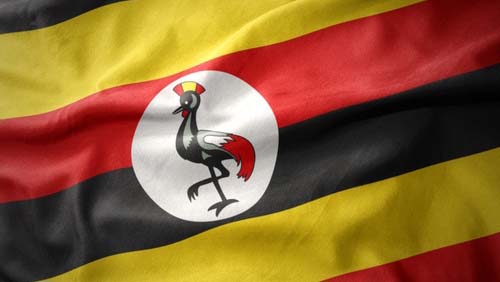
How Uganda is Leaving No One Behind
Around 1,350,000 people are currently living with HIV in Uganda, and there are an estimated 33 new HIV infections per day among young people between the ages of 15 and 24.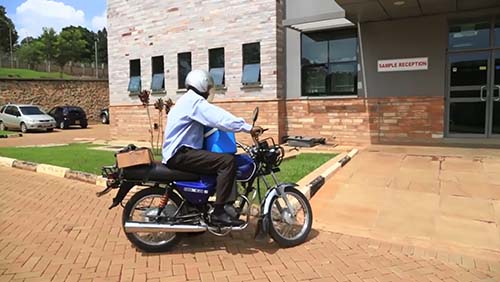
Efficient Sample Collection in Remote Areas
The main challenge faced by people in remote areas when it comes to HIV/AIDS testing is access. People in remote areas can be very poor, so it can be difficult for them to travel to the service point, although the treatment itself is free in Uganda.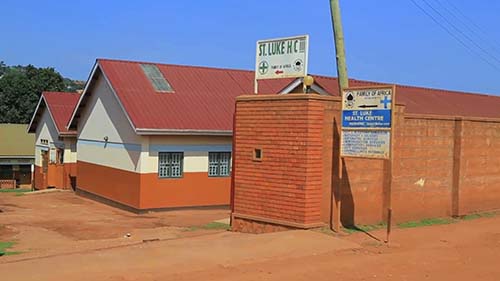
High Quality Testing in Rural Communities
The majority of countries still don’t have the infrastructure, transport or technology to effectively manage the collection, storage and transportation of the blood once the sample has been taken.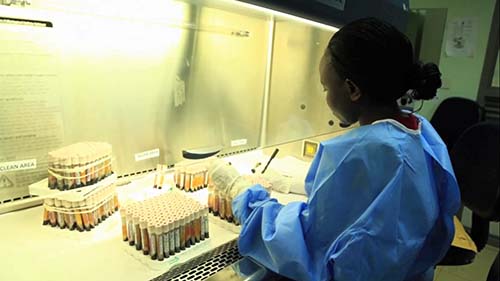
Demonstrating Operational Efficiencies: Part 1
Stimulating efficiency while empowering and mentoring local laboratory professionals in workflow management underpins the remarkable improvement in the routine laboratory service of Uganda’s West Nile Health Region.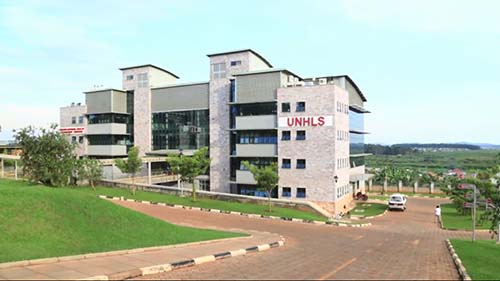
Demonstrating Operational Efficiencies: Part 2
Uganda’s Central Public Health Laboratories (CPHL) recognized that its regional laboratory service was suffering from a number of challenges that were affecting service delivery and patient outcomes.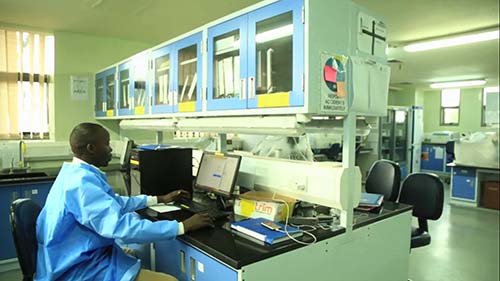
Demonstrating Operational Efficiencies: Part 3
The initial assessment found that supplies would be delayed, with frequent stock outs, due to poor communication because there was no clear chain of command for coordinating this activity.